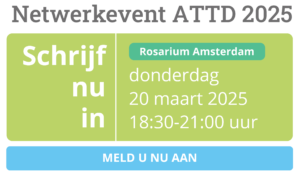OBJECTIVE
To assess the prevalence of household food insecurity (HFI) and Supplemental Nutrition Assistance Program (SNAP) participation among youth and young adults (YYA) with diabetes overall and by type, and sociodemographic characteristics.RESEARCH DESIGN AND METHODS
The study included participants with youth-onset type 1 diabetes and type 2 diabetes from the SEARCH for Diabetes in Youth study. HFI was assessed using the 18-item U.S. Household Food Security Survey Module (HFSSM) administered from 2016 to 2019; three or more affirmations on the HFSSM were considered indicative of HFI. Participants were asked about SNAP participation. We used χ2 tests to assess whether the prevalence of HFI and SNAP participation differed by diabetes type. Multivariable logistic regression models were used to examine differences in HFI by participant characteristics.RESULTS
Of 2,561 respondents (age range, 10–35 years; 79.6% ≤25 years), 2,177 had type 1 diabetes (mean age, 21.0 years; 71.8% non-Hispanic White, 11.8% non-Hispanic Black, 13.3% Hispanic, and 3.1% other) and 384 had type 2 diabetes (mean age, 24.7 years; 18.8% non-Hispanic White, 45.8% non-Hispanic Black, 23.7% Hispanic, and 18.7% other). The overall prevalence of HFI was 19.7% (95% CI 18.1, 21.2). HFI was more prevalent in type 2 diabetes than type 1 diabetes (30.7% vs. 17.7%; P < 0.01). In multivariable regression models, YYA receiving Medicaid or Medicare or without insurance, whose parents had lower levels of education, and with lower household income had greater odds of experiencing HFI. SNAP participation was 14.1% (95% CI 12.7, 15.5), with greater participation among those with type 2 diabetes compared with those with type 1 diabetes (34.8% vs. 10.7%; P < 0.001).CONCLUSIONS
Almost one in three YYA with type 2 diabetes and more than one in six with type 1 diabetes reported HFI in the past year—a significantly higher prevalence than in the general U.S. population.


